I bought my first “investment piece” when I was 24, fresh out of university and working on a salary that barely covered London rent and my deeply unfortunate Pinot Grigio habit. It was a wool coat from Jigsaw that cost £280, which might as well have been £28,000 given my financial situation at the time. I remember standing in the changing room, staring at my reflection and trying to justify the purchase through increasingly creative mathematics. “If I wear it every day for four months, that’s like… £2 per wear? £1.50 if I include autumn? Practically paying me to take it at that point!”
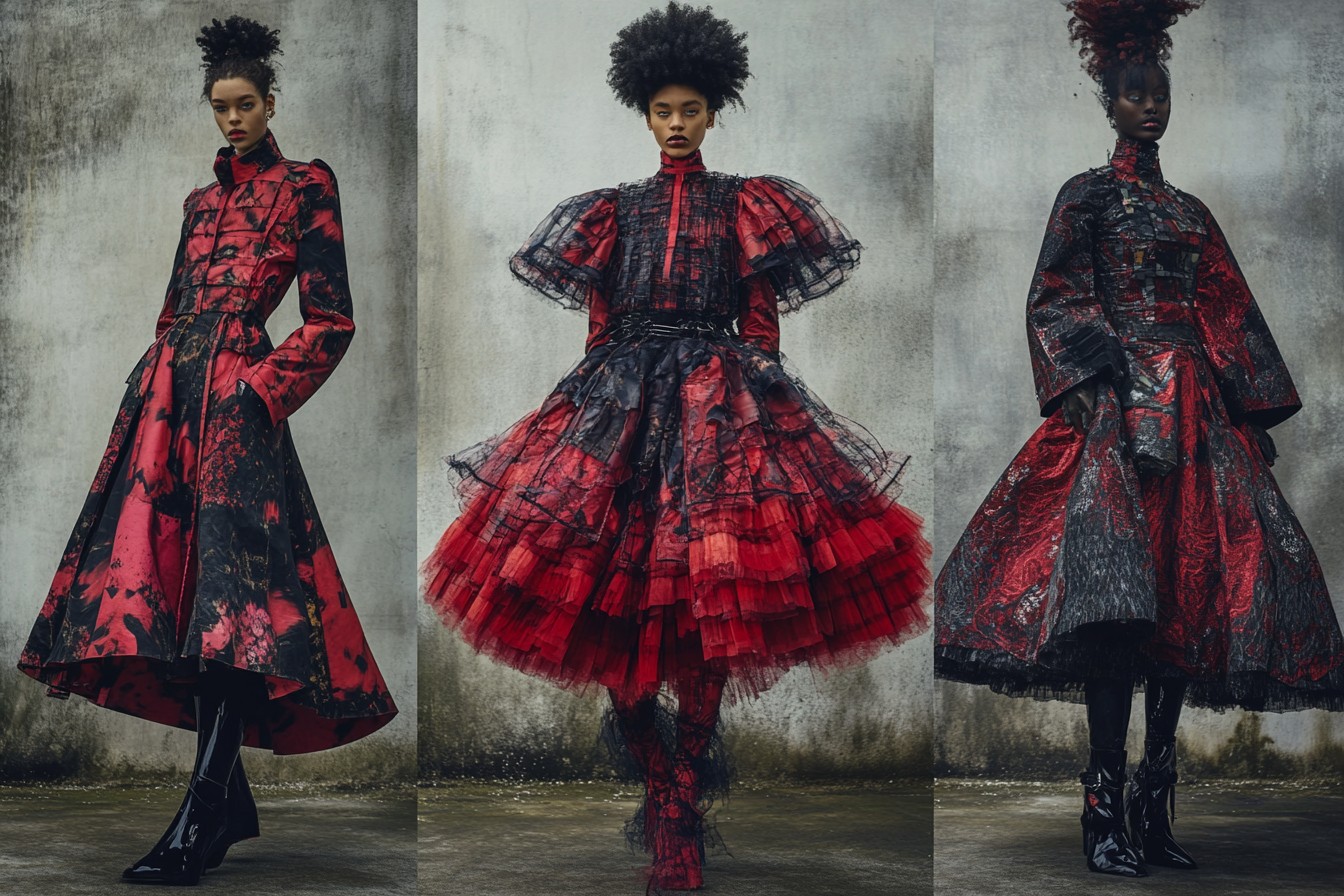
My flatmate Imani found me still there twenty minutes later, trapped in a paralysis of indecision. “Just buy the bloody coat,” she said. “You’ll have it forever, and you live in a country where it rains nine months of the year. It’s not a luxury, it’s infrastructure.”
Infrastructure. I’ve thought about that word a lot since then, especially when contemplating expensive clothing purchases. In architecture, you don’t skimp on foundations. In a city, you don’t cut corners on bridges and water systems. And in a British wardrobe, certain pieces form the essential infrastructure around which everything else functions.
Eight years later, I still have that coat. The lining has been repaired once, the buttons replaced, but the wool itself looks as good as the day I bought it. When I calculate the cost-per-wear now, it’s down to pennies. More importantly, it’s kept me warm and relatively dry through countless winters, making the trek to early morning meetings and late-night events marginally less dreadful. Imani was right—not a luxury, but essential infrastructure.
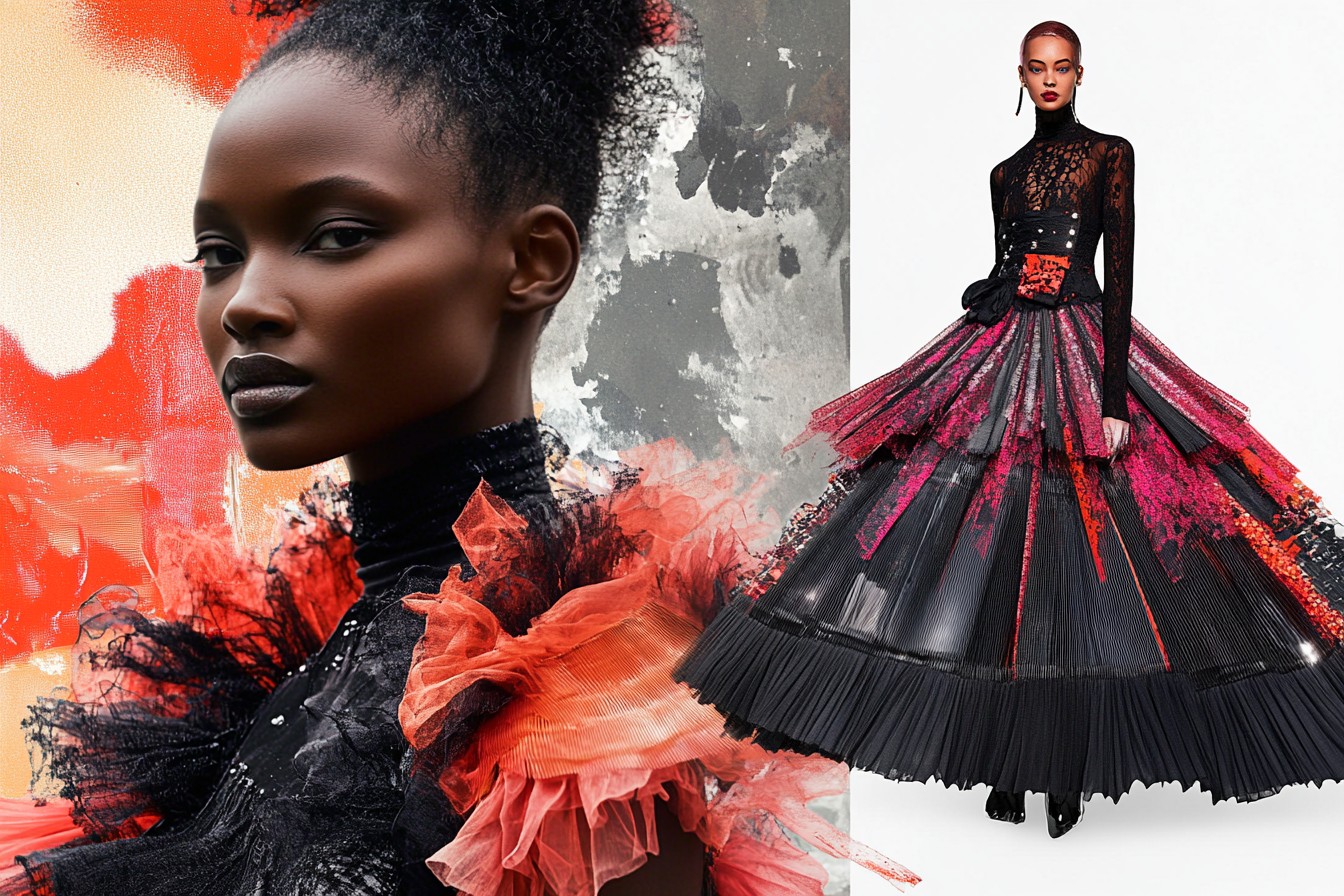
British autumn and winter are uniquely challenging seasons to dress for. It’s not just the cold, though that’s certainly a factor. It’s the damp that seeps into your bones, the sudden downpours that appear from nowhere, the wind that renders umbrellas useless decorative items, and the peculiar ability of our weather to deliver all four seasons in a single afternoon. Our climate demands specific pieces that perform specific functions, and these are precisely the items worth spending more on.
So which autumn/winter staples actually justify the investment? Where should you allocate your budget when the leaves start turning and the heating bills start climbing? After years of trial, error, and standing at bus stops questioning my life choices, I’ve identified the pieces that genuinely earn their keep in a British cold-weather wardrobe.
Let’s start with the obvious: a proper coat. Not a fashion coat, not something chosen solely for its silhouette or because it was featured in someone’s autumn editorial. A proper, technical, designed-for-function coat. The specifics depend on your lifestyle—city dwellers need different features than those in rural areas—but certain elements are non-negotiable: water resistance (not necessarily full waterproofing, but something that won’t immediately surrender to drizzle), wind protection, and enough weight to provide actual warmth.
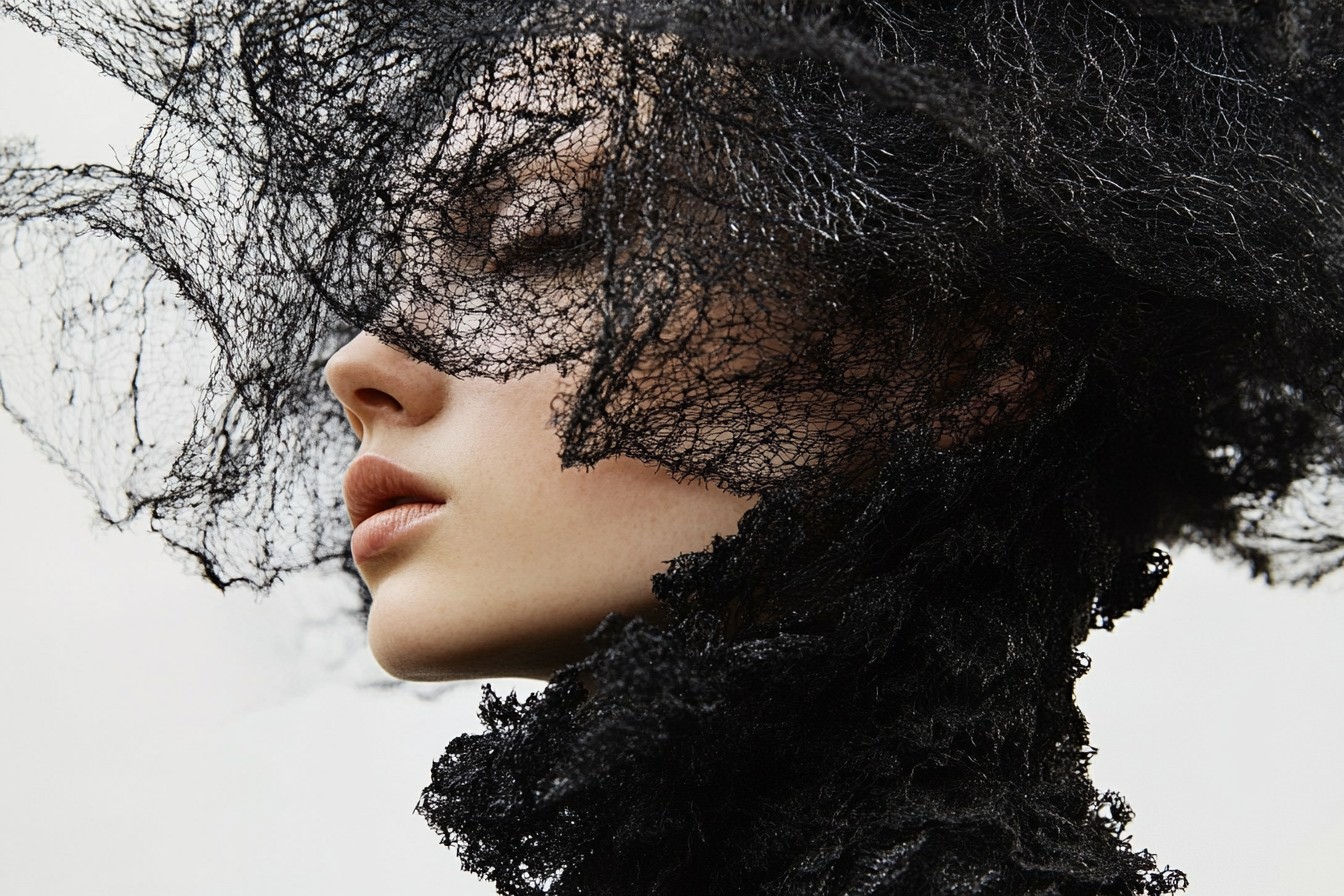
For city life, where you’re dashing between heated buildings and public transport, a wool coat with a high wool percentage is hard to beat. Pure wool naturally repels light rain, offers excellent insulation even when damp, and can look smart enough for work while still functioning on weekends. The key is checking the composition—anything less than 70% wool will not perform well in genuinely cold conditions. Those appealing £89 “wool-blend” coats on the high street often contain as little as 20% wool, with the rest being polyester, which explains why they look bobbly and sad by January.
Brands worth investigating include Jigsaw (still going strong), Toast, Reiss on the higher end, and Marks & Spencer’s Autograph line for more accessible options. Look for double-faced wool for extra warmth without bulk, a length that at least covers your bum (crucial for waiting at bus stops), and design details like storm flaps over zips or buttons and a collar that can be turned up against the wind.
If you’re in a rural area or regularly face serious rain, consider a proper technical coat instead. Brands like Barbour, Fjällräven, and Finisterre make waterproof or waxed options that perform brilliantly in genuinely foul weather while still looking presentable enough for non-hiking scenarios. Yes, they’re expensive—a good Barbour waxed jacket starts around £200—but they’ll last decades with proper care. My friend’s mother still wears the Barbour she bought in 1987, rewaxed regularly and now bearing the beautiful patina that only comes from years of use.
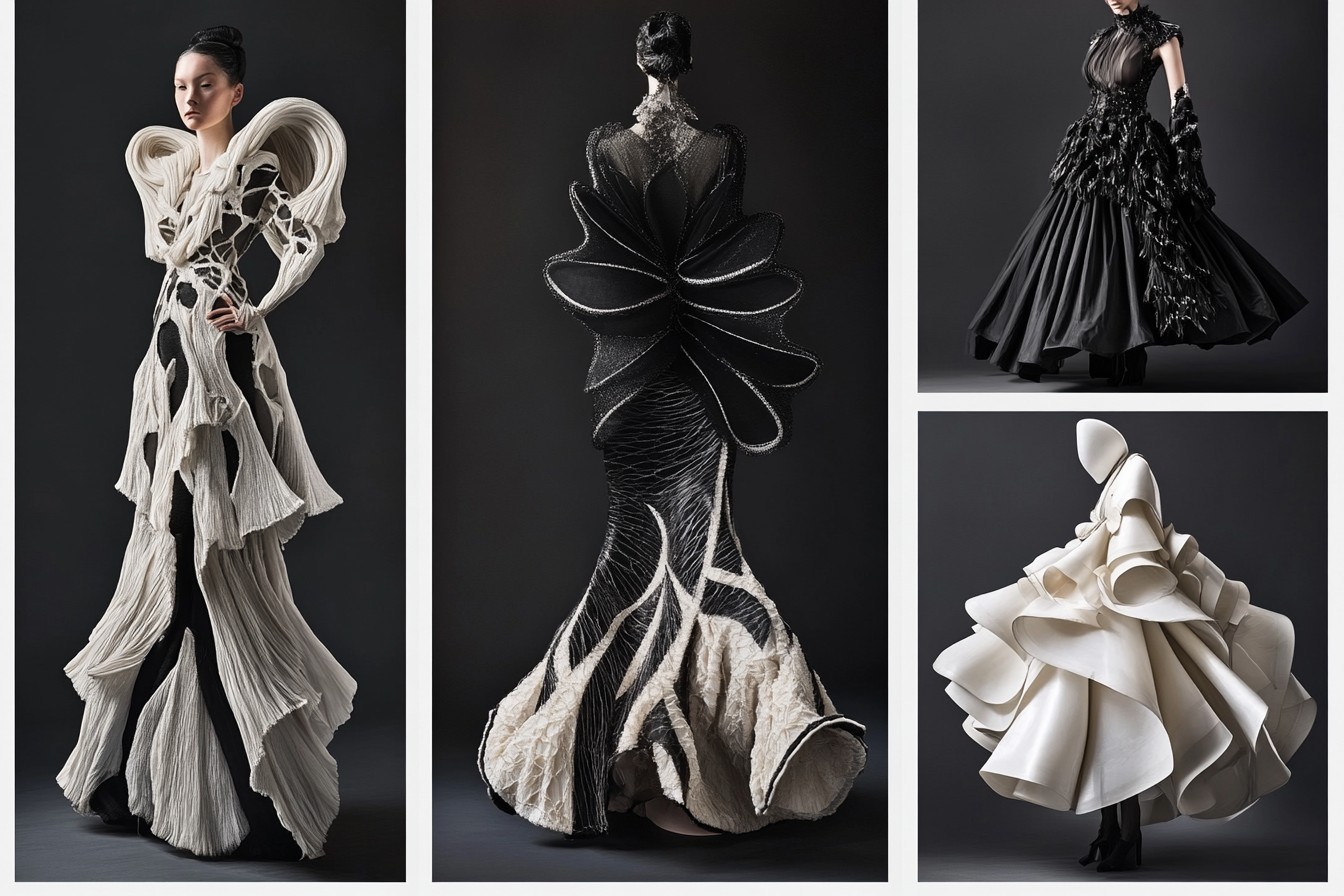
For those in-between days that define British autumn, when it’s too warm for a full coat but too cool for just a sweater, a good quality gilet is worth its weight in gold. Uniqlo’s Ultra Light Down versions are surprisingly effective for their price point (around £60), but if you can stretch to it, brands like Patagonia make versions that will genuinely last years. Look for one that’s slim enough to layer under a coat when winter proper arrives but substantial enough to keep your core warm on its own.
Next on the investment list: waterproof footwear that doesn’t look like you’re about to lead a polar expedition. Nothing undermines an otherwise good outfit faster than soaking wet feet, and nothing ruins a perfectly good pair of leather shoes faster than repeated drenching. The solution isn’t necessarily traditional Wellington boots (though every British wardrobe should include a pair for truly apocalyptic conditions). Instead, look for leather boots with Goodyear welted soles, which create a water-resistant seal between the upper and the sole.
Brands like Grenson, Crockett & Jones, and Tricker’s make styles that will last decades with proper care, though they come with corresponding price tags (expect to pay £250-400). More accessible options include Dr. Martens (their Made in England line is notably better quality than the standard range) and selected Clarks styles. The investment isn’t just in staying dry—well-made boots can be resoled multiple times, making them genuinely lifetime purchases if you care for the leather properly.
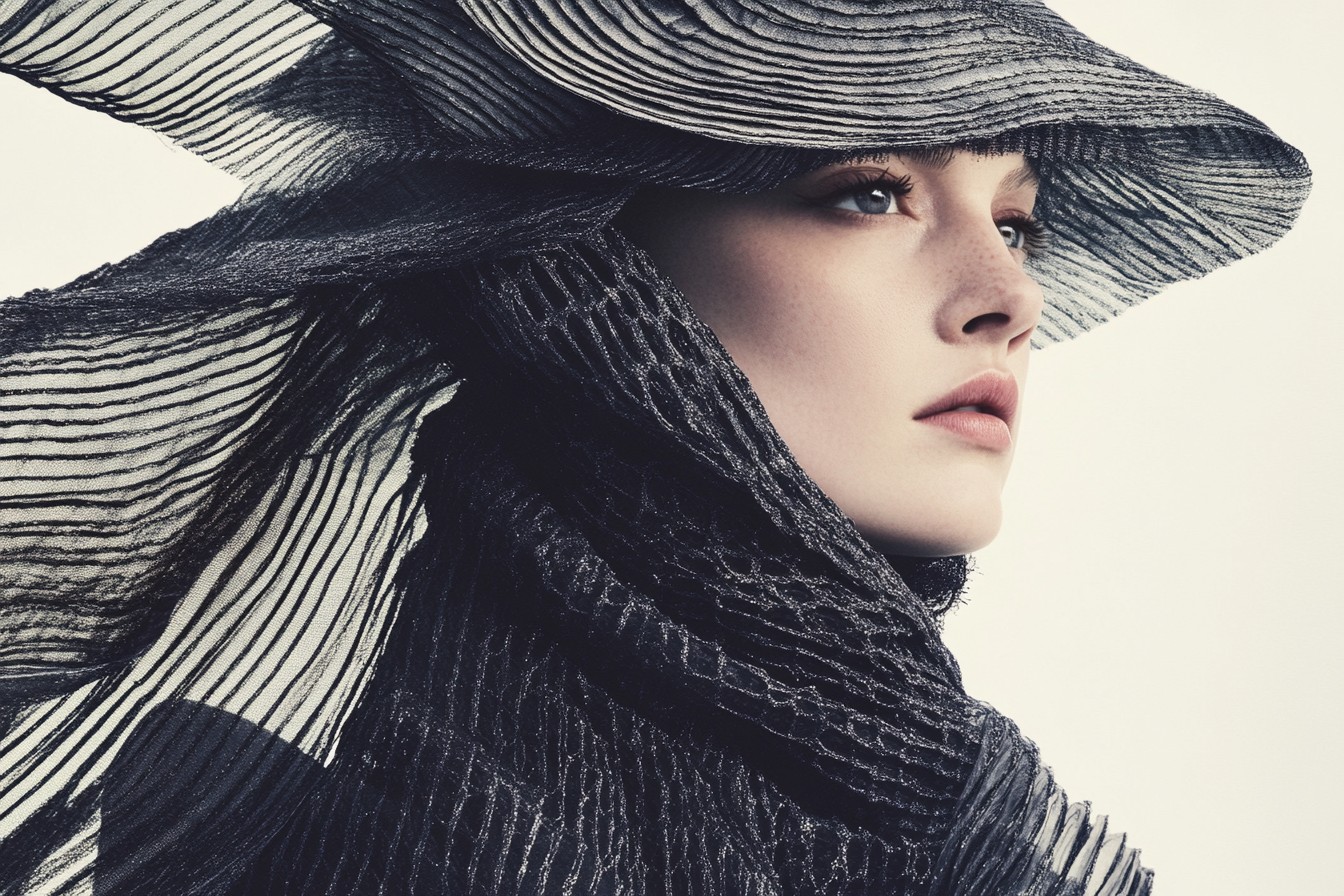
For women, a waterproof chelsea boot is perhaps the most versatile wet weather option. Dubarry and Penelope Chilvers make elegant versions that work with everything from jeans to dresses with tights. I invested in a pair of Dubarry’s four years ago, and they’ve seen me through countless rainy commutes while still looking smart enough for office meetings.
Now, knitwear—perhaps the most essential category of all for British winters. Cheap jumpers are a false economy in our climate. They pill almost immediately, lose their shape after a few wears, and provide minimal actual warmth. But a well-chosen, quality knit will keep you warm, maintain its appearance, and often look better with age.
Merino is the gateway luxury wool—softer than regular sheep’s wool and less likely to irritate sensitive skin. It’s ideal for layering close to the body and works well in autumn before the deep chill sets in. Brands like John Smedley specialize in fine merino knitwear that, while expensive (£150-200 for a basic jumper), will last for years with proper care. For more accessible options, Uniqlo’s merino range offers good quality for around £30-40, though don’t expect the same longevity.
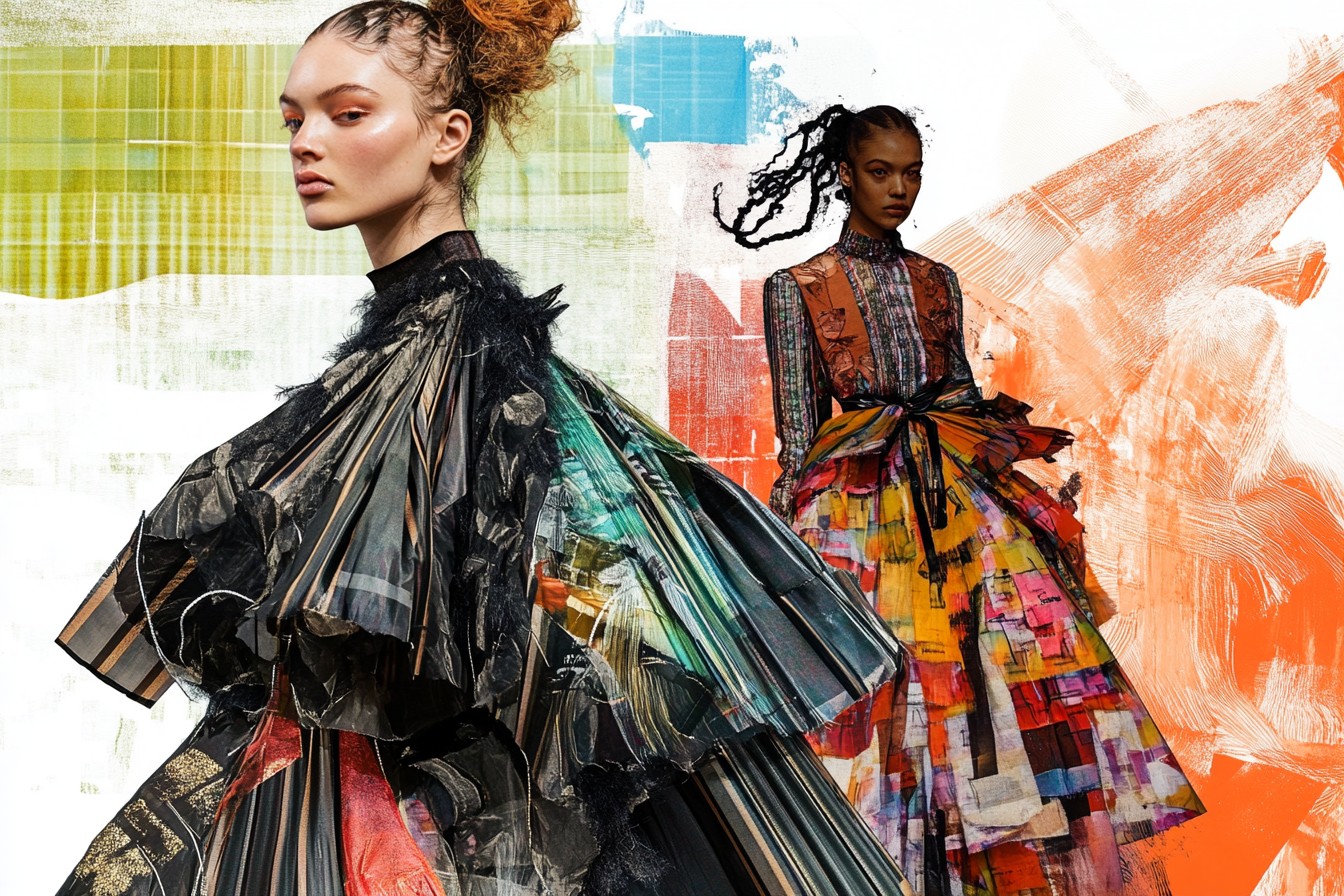
For serious winter warmth, lambswool and Shetland wool provide more substantial insulation. Traditionally seen as rather itchy options, modern processing has made good lambswool much more comfortable while maintaining its excellent thermal properties. Community Clothing offers excellent British-made lambswool jumpers for around £95-120, while brands like &Daughter specialize in traditional knits with contemporary cuts.
Cashmere, of course, is the ultimate luxury winter fibre—extraordinarily soft and surprisingly warm despite its light weight. The issue with cashmere is that its recent democratization has led to quality compromises. That £89 “pure cashmere” jumper on the high street is likely made from shorter fibres that will pill almost immediately. If you’re investing in cashmere, you need to be realistic about the price point for quality—expect to pay at least £150-200 for a jumper that will actually last.
Brands worth investigating include Brora, N.Peal, and Eric Bompard on the higher end. If that’s beyond your budget, consider cashmere blends instead—wool/cashmere mixes offer some of the softness with much better durability at lower price points. And always check the ply—two-ply cashmere is standard but relatively thin, while three and four-ply offer significantly more warmth and longevity.

The unsung hero of British winter dressing is, without doubt, proper thermal layers. Nothing fancy, nothing fashionable, just technical base layers that actually keep you warm. Brands like Uniqlo (again, their HEATTECH range is genuinely effective), Marks & Spencer’s Heatgen line, and Icebreaker for merino options make pieces that can be worn under regular clothes without adding bulk but providing significant additional warmth. I’ve got HEATTECH tops I’ve been wearing for over five years that still perform perfectly and cost less than £15 each—possibly the best value winter investment going.
For those who walk or cycle significant distances, technical trousers are worth considering. Not the obvious hiking variety, but brands like Finisterre, Howies, and even Uniqlo make smart-looking trousers with technical fabrics that repel light rain, block wind, and often include subtle stretch for comfort. They look like normal trousers but perform significantly better in bad weather.
A quality scarf is another investment that pays dividends throughout the British winter. Pure wool or cashmere options from brands like Johnstons of Elgin offer genuine warmth rather than just decorative potential. Look for a generous size that can be wrapped multiple times—those skinny fashion scarves are about as useful as a chocolate teapot in a genuine British winter.

Let’s talk about the humble umbrella. I spent years buying £5 emergency umbrellas from corner shops, only to watch them implode in the first serious gust of wind, their metal skeletons twisted beyond recognition. Finally, I invested in a proper Fulton umbrella (the brand the royal family uses, which seemed a decent endorsement given how much time they spend standing around outdoors). The difference is remarkable—it’s survived storm conditions that destroyed every other umbrella around me, has never turned inside out, and the mechanism still works perfectly after three years of regular use. At around £30, it’s not even particularly expensive, just properly engineered.
Gloves are not to be underestimated in a British winter. Leather ones provide much better wind protection than knitted options, though a knitted liner inside leather gives you the best of both worlds. For those who need to use touchscreens (which is essentially everyone these days), brands like All Saints and Dents make leather gloves with conductive fingertips that actually work, eliminating the need to expose your hands to freezing conditions just to check Google Maps.
The item I perhaps never expected to become a winter investment piece is a serious hot water bottle. Not the sad, thin rubber things that cool down after an hour, but a properly insulated version with a thick cover that stays warm through the night. With heating costs what they are, this humble item has become essential infrastructure for surviving January and February without bankruptcy. The YuYu Bottle, which is longer than traditional designs and can be tied around your waist or shoulders, is particularly effective, while The White Company makes luxurious cashmere-covered versions that make excellent gifts.
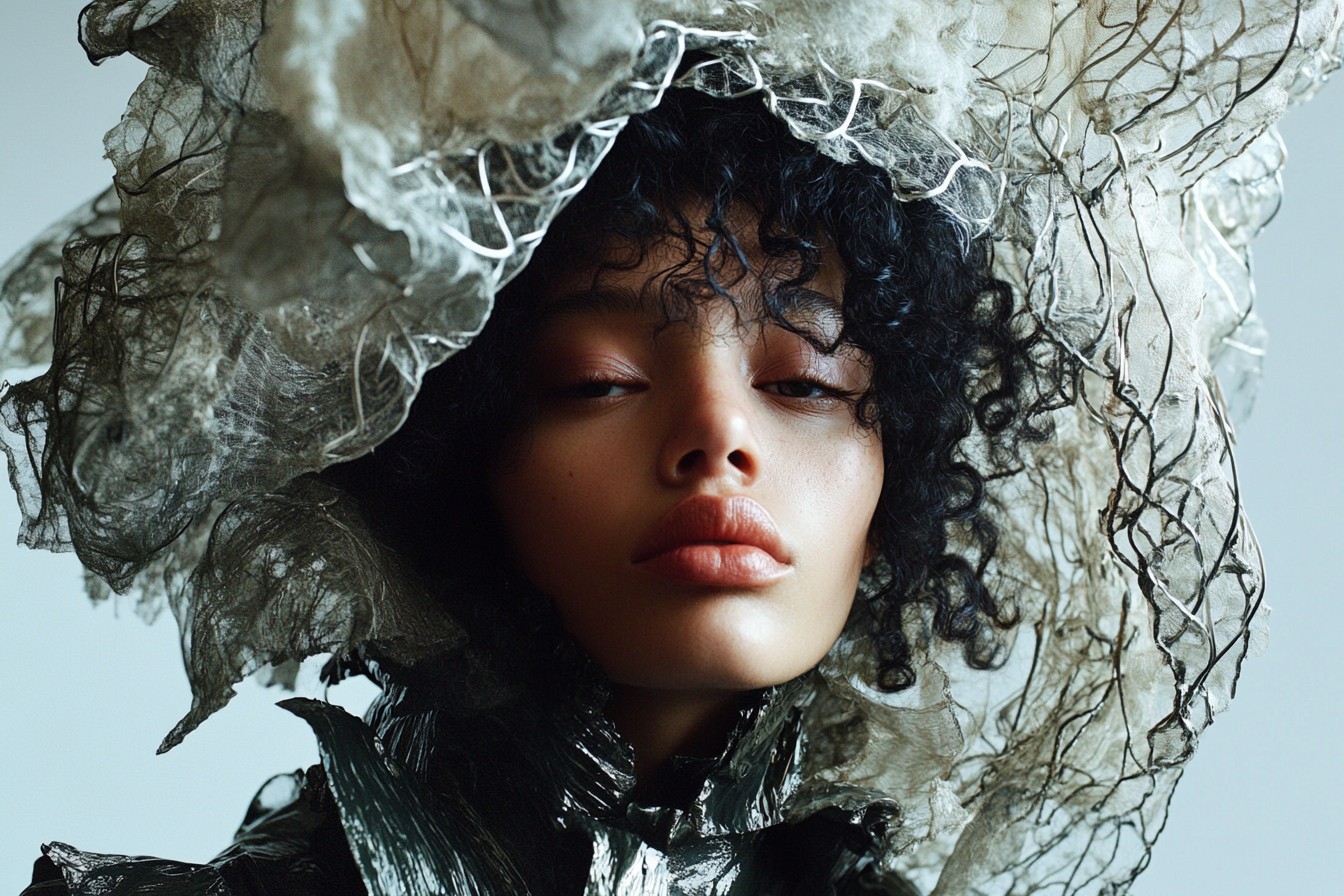
Speaking of insulation, let’s take a moment to consider the home side of winter investment. A heavyweight dressing gown is practically a second coat during British winters—I work from home in mine on particularly cold days, shameful but true. The classic wool-lined waxed jacket of home apparel is the toweling robe from brands like The White Company or Ralph Lauren, but there are excellent options at lower price points from Marks & Spencer and even Dunelm.
The key with all these investments is considering your specific lifestyle and needs. If you drive everywhere, waterproof footwear might be less crucial than if you commute by public transport. If you work in a consistently overheated office, layering pieces become more important than one heavy jumper. If you live in a modern, well-insulated flat, your needs will differ from someone in a drafty Victorian conversion with temperamental heating.
My own winter investment strategy has evolved based on painful experience. After one too many mornings standing at rain-lashed bus stops with water seeping through supposedly waterproof boots, I prioritized proper footwear. After endless frustration with beautiful but functionally useless lightweight coats, I invested in technical outerwear that actually performs in British conditions. And after years of shivering in stylish but ineffective fine knits, I finally embraced the transformative power of proper wool jumpers and technical base layers.
The financial calculation is simple but compelling: buying one £200 coat that lasts eight years is significantly cheaper than buying a new £70 coat every winter when the previous one inevitably falls apart. The same logic applies across all these categories—initial investment versus repeated replacement of inferior items.
There’s an environmental calculation too, of course. Fast fashion’s impact is well documented, and nowhere is the waste more evident than in seasonal items treated as disposable. Quality pieces that last multiple seasons create significantly less environmental impact over time, even accounting for their production.
I still have moments of weakness when faced with trend-led autumn pieces at tempting price points. That leopard print coat that’s everywhere this season? The chunky, colorful knit that’s on every Instagram feed? They call to me too. But I’ve learned to ask myself a simple question: “Will this still be serving me next winter? And the one after that?” If the answer is no, it’s not an investment—it’s just expensive fast fashion.
So as the leaves turn and the heating clicks on, consider where your autumn/winter budget might be best allocated. What are the gaps in your cold-weather infrastructure? Which pieces would genuinely improve your daily experience of British autumn and winter? Those are your true investment opportunities—not just in style, but in genuine quality of life during our longest, most challenging seasons.

Leave a Reply